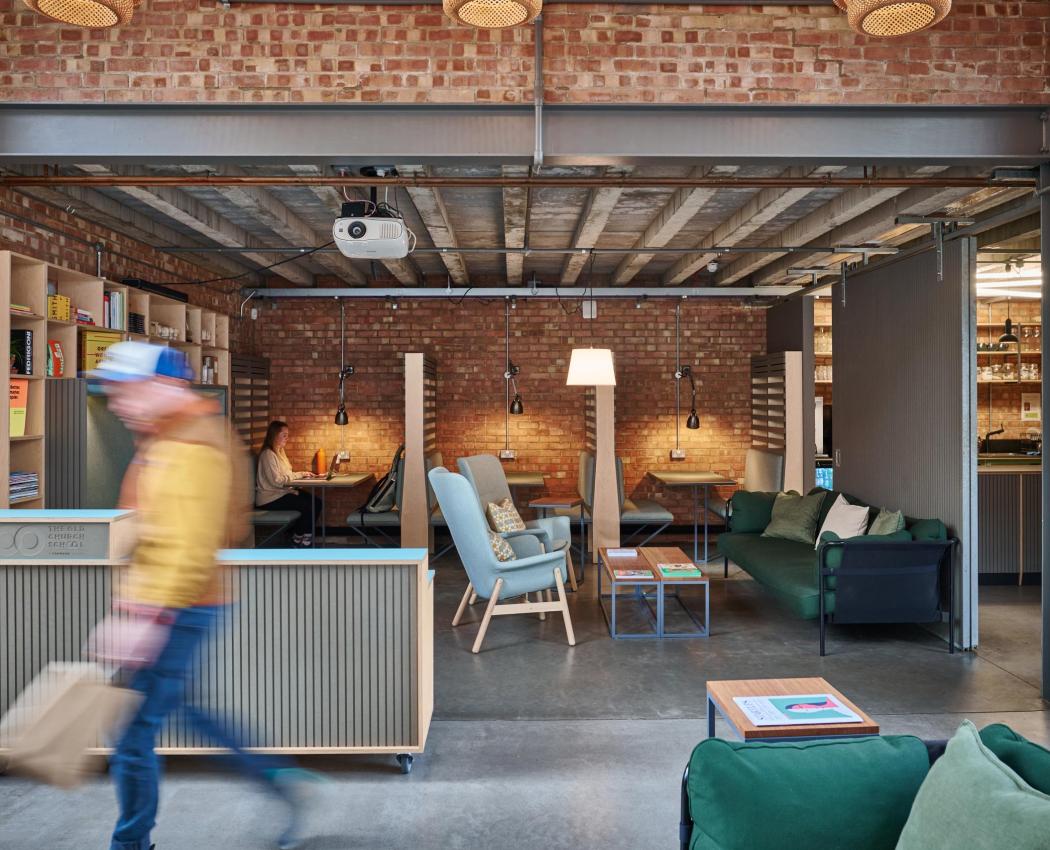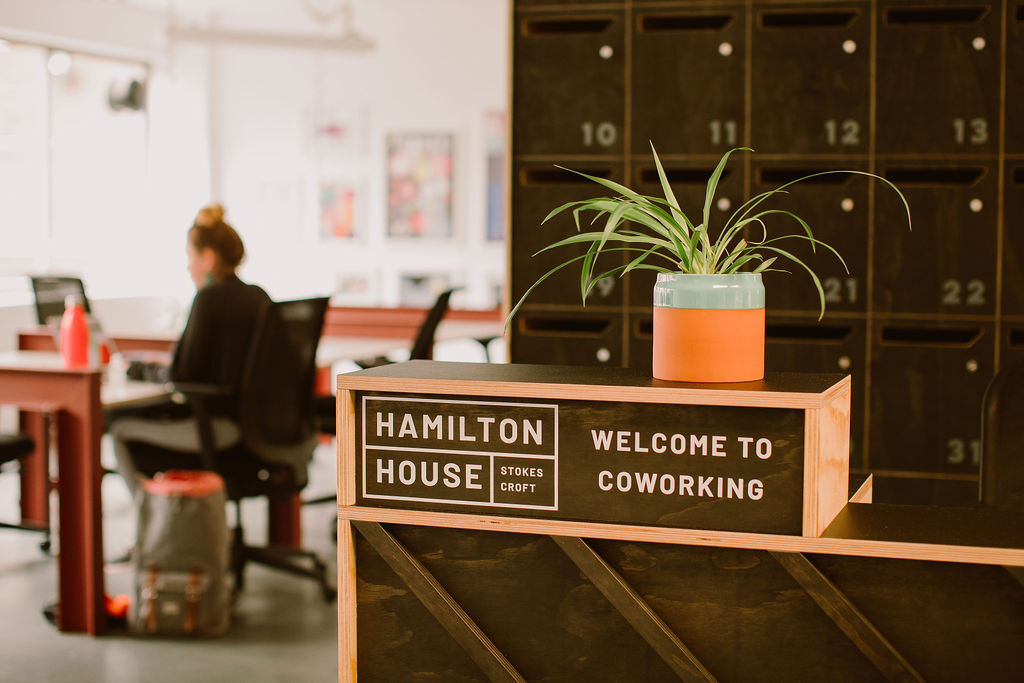by Forward founder & CEO, Gavin Eddy
When, in August, WeWork announced that it had “substantial doubt” it could stay in business, it seemed they were the only people who had any doubt. Everyone else already knew how this story would end.
The WeWork model of taking long-term leases on office space and selling short term memberships geared around coworking was broken from the start. They took on vast amounts of space, concentrated in relatively few cities. And all in prime city centre locations. Like a Ponzi scheme, their numbers looked good as long as they were continually opening new buildings at preferential rents and with substantial fit-out costs often covered by the landlord. But the leasing market is cyclical and rents continued relentlessly upwards from 2010 onwards. As soon as leases were due for a rent review and buildings needed a refit, the numbers didn’t look so rosy. A large proportion of their legacy leases were loss-making and they simply had too much real estate. And then came the pandemic.
Given that the WeWork name is virtually synonymous with coworking, what does their demise signal for the future of coworking?
Well, perhaps it’s rosier than you might expect. Although the pandemic was brutal for workspace, the post pandemic era brought with it a mini boom. Suddenly remote and hybrid working models were being embraced by larger companies. It accelerated an already established direction of travel by probably 5 years.
Coworking spaces were traditionally popular with freelancers, solopreneurs, micro enterprises and those who worked remotely but without a productive home-office setup. Those cohorts still exist but they have now been joined by the employees of large corporates.
Coworking spaces offer flexibility and a great opportunity for social interaction and community. These have proved important in offsetting some of the elements of remote work that people are increasingly aware of, like feeling lonely or isolated. Remote organisations are leaning more heavily on flexible workspace as an integrated part of their strategy, paying for desks or having teams in the same area using coworking spaces as a local HQ.
There has also been a shift away from city centres to hyperlocal locations, removing the commute. Something we have been evangelising about for over a decade. As businesses understand that their customers and employees are increasingly at the end of a bit of fibre, proximity to both is becoming less important and that bodes well for coworking spaces in suburban and smaller town locations. Locations that Regus, one of the largest providers of flexible workspace, have said now form the principal area of growth for their business.
Another lesson learned from WeWork is the relationship between landlord and operator. The WeWork model of signing long leases meant they kept more of the revenue but took more of the risk. Increasingly, operators are partnering with landlords in a management style contract, or, as in the Forward Space model, buying buildings rather than leasing. A lower margin model but ultimately lower risk and more resilient.
So if WeWork really is synonymous with coworking, coworking is dead. Long live coworking.



